1. Chicken
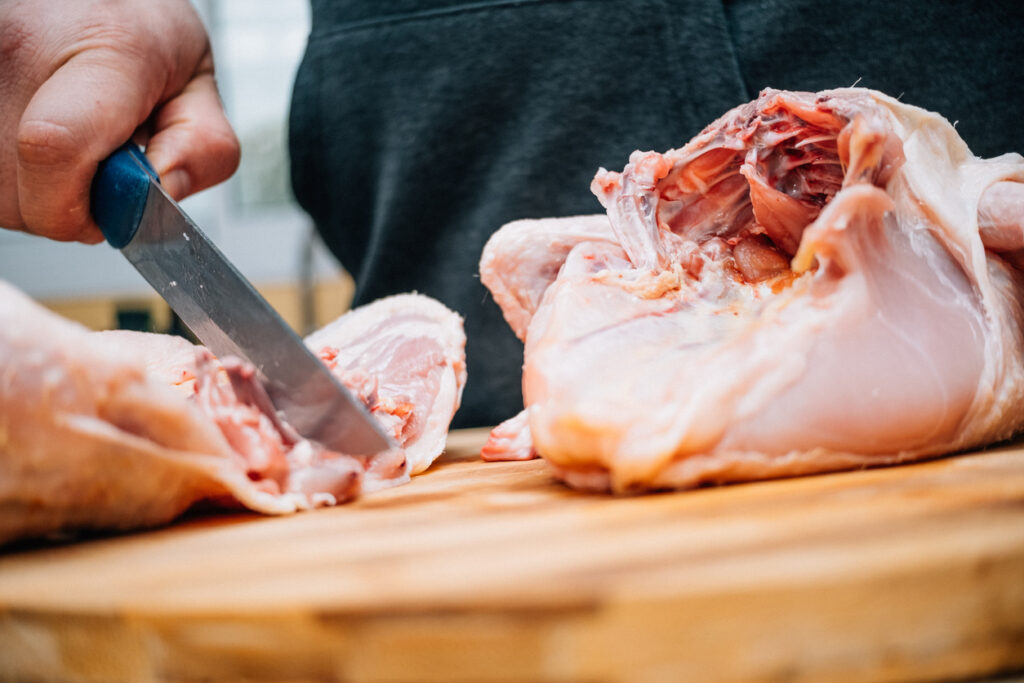
Chicken is the number one source of salmonella in the U.S., and it’s easy to see why. Raw or undercooked chicken can carry harmful bacteria, and even small traces can spread quickly to cutting boards, knives, and other foods in your kitchen. Each year, contaminated poultry sends thousands of people to the hospital with food poisoning symptoms like stomach cramps, diarrhea, and fever. The risk doesn’t stop at the dinner table either—improper handling before cooking is just as dangerous. That’s why food safety experts stress washing your hands after touching raw chicken and cooking it thoroughly to an internal temperature of 165°F. It may be a staple in many homes, but chicken needs careful handling to be safe.
2. Ground Beef
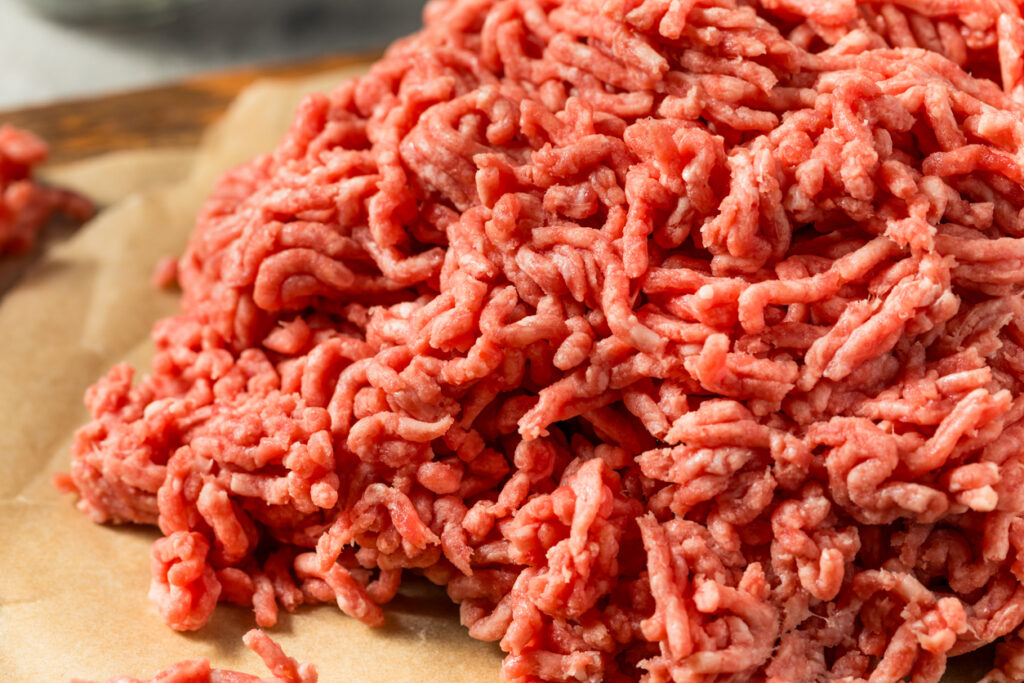
Ground beef is another common culprit when it comes to foodborne illness. Unlike whole cuts of meat, grinding distributes bacteria like E. coli throughout the entire package. This means that even if the outside looks cooked, the inside could still harbor dangerous pathogens if the meat isn’t fully heated. Outbreaks linked to ground beef have caused widespread recalls and severe infections, sometimes leading to kidney failure in vulnerable individuals. Burgers cooked medium-rare might look appetizing, but they come with a higher risk of illness. The safest approach is to cook ground beef all the way through to at least 160°F. Careful handling, avoiding cross-contamination, and choosing reputable sources for your meat can also make a big difference.
3. Raw or Undercooked Eggs

Eggs may seem harmless, but they have a long history of being linked to salmonella outbreaks. A single contaminated egg can be enough to cause serious illness, leading to stomach cramps, diarrhea, fever, and dehydration. The risk is especially high in raw dishes like cookie dough, homemade mayonnaise, or eggnog, where the egg never reaches a safe temperature. While modern farming practices have reduced contamination rates, the danger still exists, which is why health experts recommend using pasteurized eggs for recipes that don’t involve cooking. For breakfast lovers, it’s best to cook eggs until both the yolk and white are firm to keep your meal safe and enjoyable.
4. Bagged Greens
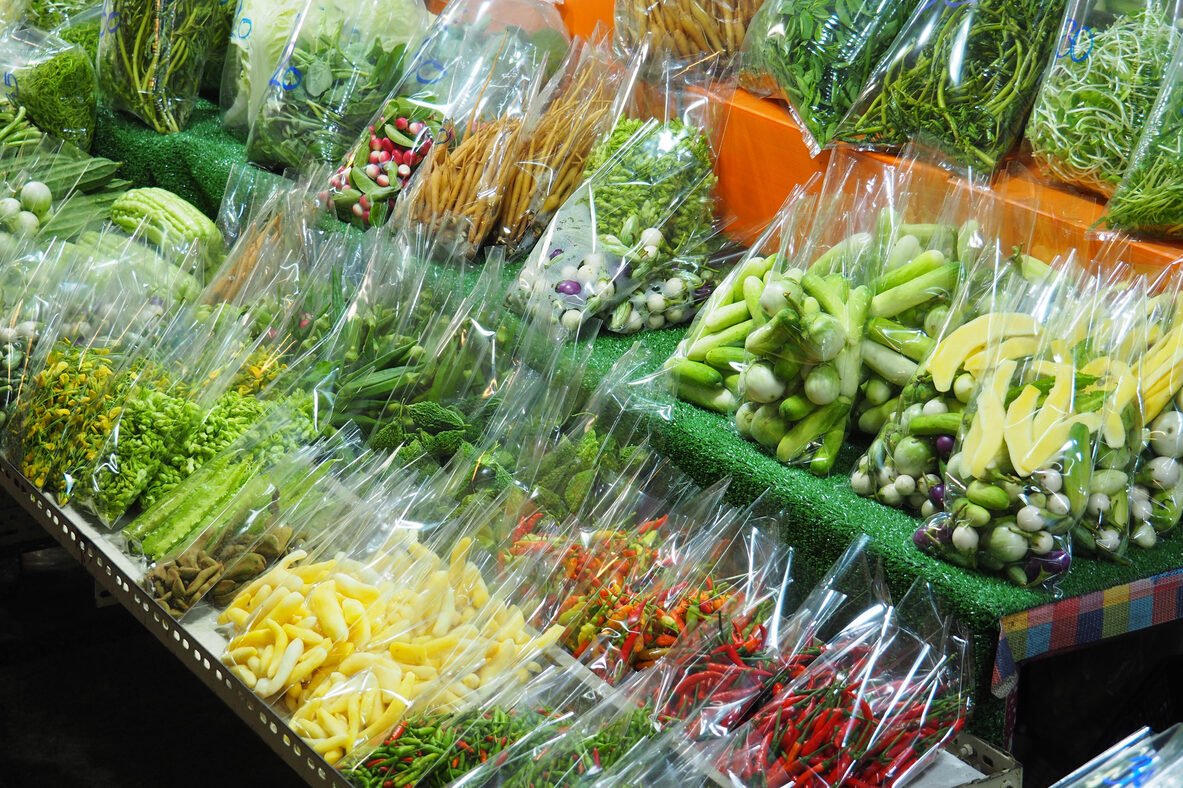
Bagged greens are marketed as convenient and “ready to eat,” but they’ve been linked to some of the biggest E. coli and listeria outbreaks in recent years. Because they are processed in large facilities, a single point of contamination can spread across thousands of bags shipped nationwide. Even pre-washed labels don’t guarantee safety, since harmful bacteria can cling to leaves through the washing process. Outbreaks tied to spinach and romaine lettuce have led to hospitalizations and even deaths, highlighting just how serious the risk can be. Washing bagged lettuce at home may help reduce contaminants, but the safest bet is to be cautious about where your greens come from and pay attention to recall alerts.
5. Deli Meats

Cold cuts like ham, turkey, and roast beef might be convenient for quick sandwiches, but they can harbor listeria, a dangerous bacterium that grows even in refrigerator temperatures. Unlike many other foodborne pathogens, listeria doesn’t need warmth to spread, which makes storing deli meats for too long especially risky. Pregnant women, older adults, and those with weakened immune systems face the greatest dangers, as listeria can cause severe complications. Even when packaged and stored properly, deli meats have been tied to multiple recalls and outbreaks over the years. To lower the risk, food safety experts recommend eating deli meats shortly after purchase, heating them before serving, and avoiding long storage in the fridge.
6. Fresh Berries
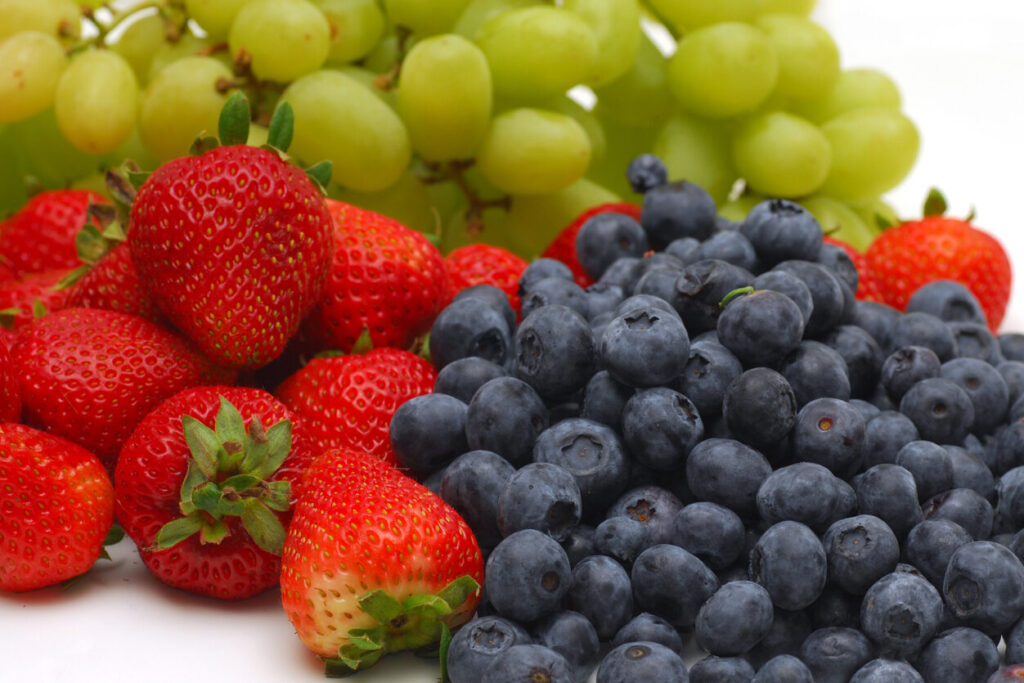
Strawberries, raspberries, and blackberries may look like the perfect healthy snack, but they’re often linked to outbreaks of salmonella, norovirus, and even hepatitis A. Because berries are delicate, they can’t be scrubbed or disinfected as easily as firmer produce, which means harmful bacteria or viruses picked up during harvesting, washing, or packaging can linger until they reach your kitchen. Unlike cooking, eating berries raw provides no step to kill these pathogens. Outbreaks tied to frozen berries have also made headlines, proving that contamination can survive the freezing process. Washing fresh berries under running water before eating helps reduce risk, but it doesn’t completely eliminate it. Staying alert to food recall warnings is one of the best ways to protect yourself.
7. Fresh Tomatoes and Onions
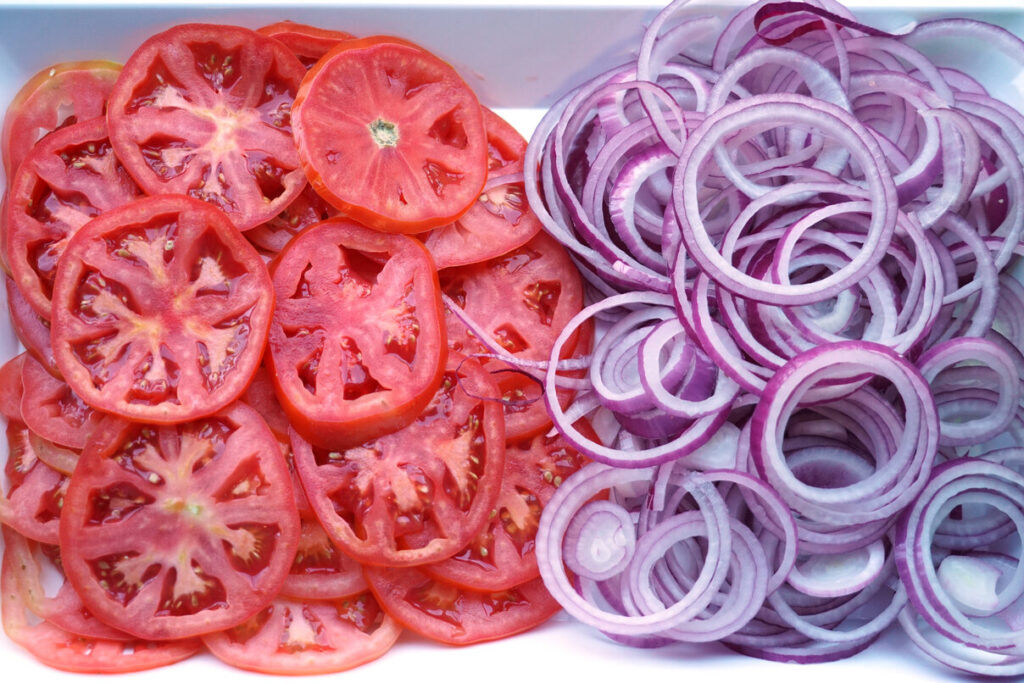
Tomatoes and onions may seem safe, but both have been at the center of major salmonella outbreaks in the U.S. Their rough skins and layered surfaces can trap bacteria, making them hard to clean completely. Large-scale recalls have happened when contamination spread through farms, processing plants, or distribution networks. These vegetables are especially risky when eaten raw in salads, sandwiches, or salsas, where there’s no cooking step to kill harmful germs. Washing produce thoroughly can lower the risk, but when outbreaks occur, the safest option is to avoid the specific products identified in recalls. Since they’re used so widely in everyday meals, tomatoes and onions highlight how easily foodborne illnesses can spread through the supply chain.
8. Unpasteurized Milk and Cheeses
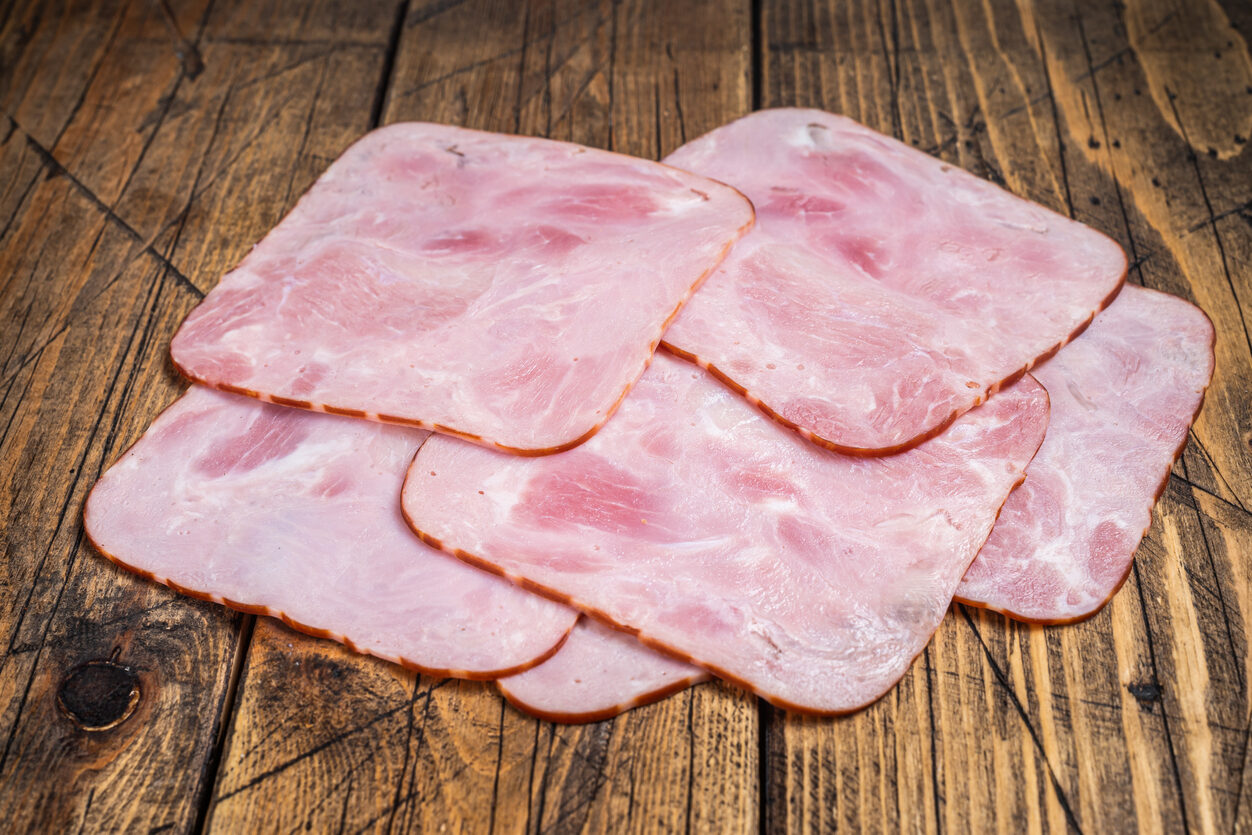
Raw milk and soft cheeses made from it, such as brie, queso fresco, or feta, are notorious for carrying harmful bacteria like salmonella, listeria, and E. coli. Pasteurization—a process of heating milk to kill germs—was developed specifically to prevent these dangers. Without it, consumers are left vulnerable to serious infections that can lead to hospitalization or worse. Listeria is especially dangerous for pregnant women and newborns, while E. coli and salmonella can cause severe illness in anyone. Despite the risks, raw dairy products are still sold in some areas, often marketed as “natural” or healthier alternatives. Choosing pasteurized milk and cheese is one of the simplest and most effective ways to protect against foodborne illness.
9. Sprouts

Sprouts like alfalfa, clover, or bean sprouts grow in warm, humid environments—the same conditions bacteria like salmonella and E. coli thrive in. This makes them especially risky, as even careful washing can’t remove germs that grow inside the tiny sprout seeds. Over the past few decades, sprouts have been repeatedly linked to nationwide outbreaks and recalls. Because they’re often eaten raw in salads or sandwiches, the bacteria are consumed directly, without any chance of cooking to kill them off. Health experts often recommend that children, older adults, pregnant women, and anyone with a weakened immune system avoid raw sprouts entirely. If you enjoy them, cooking sprouts thoroughly before eating greatly reduces the risk.
10. Raw Flour
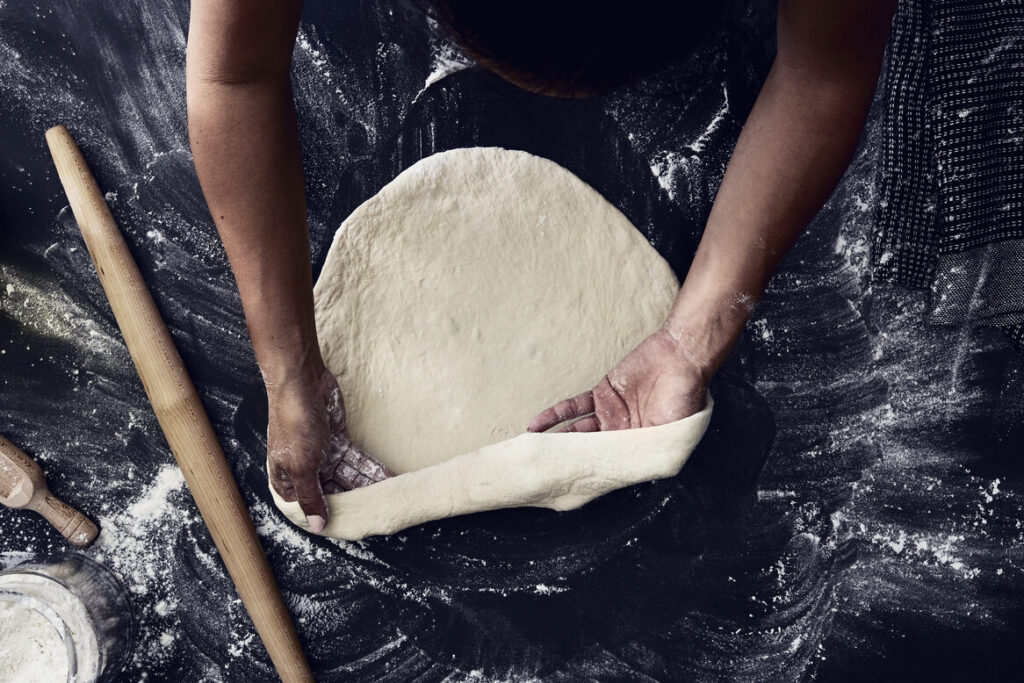
Flour might seem too dry and simple to cause illness, but it can carry dangerous bacteria like E. coli straight from the field to the bag. Unlike many processed foods, flour isn’t heat-treated, which means harmful microbes can survive inside it for months. When flour is used in raw cookie dough, cake batter, or homemade playdough, those bacteria can make their way into your body, causing stomach cramps, diarrhea, and more serious complications in vulnerable individuals. Outbreaks in recent years have led to nationwide recalls, reminding people that flour should always be treated as a raw ingredient. The safest approach is to bake or cook anything made with flour, ensuring high enough heat to kill off any hidden bacteria.
This story 10 Everyday Foods Most Likely to Give You Salmonella or Worse was first published on Daily FETCH


